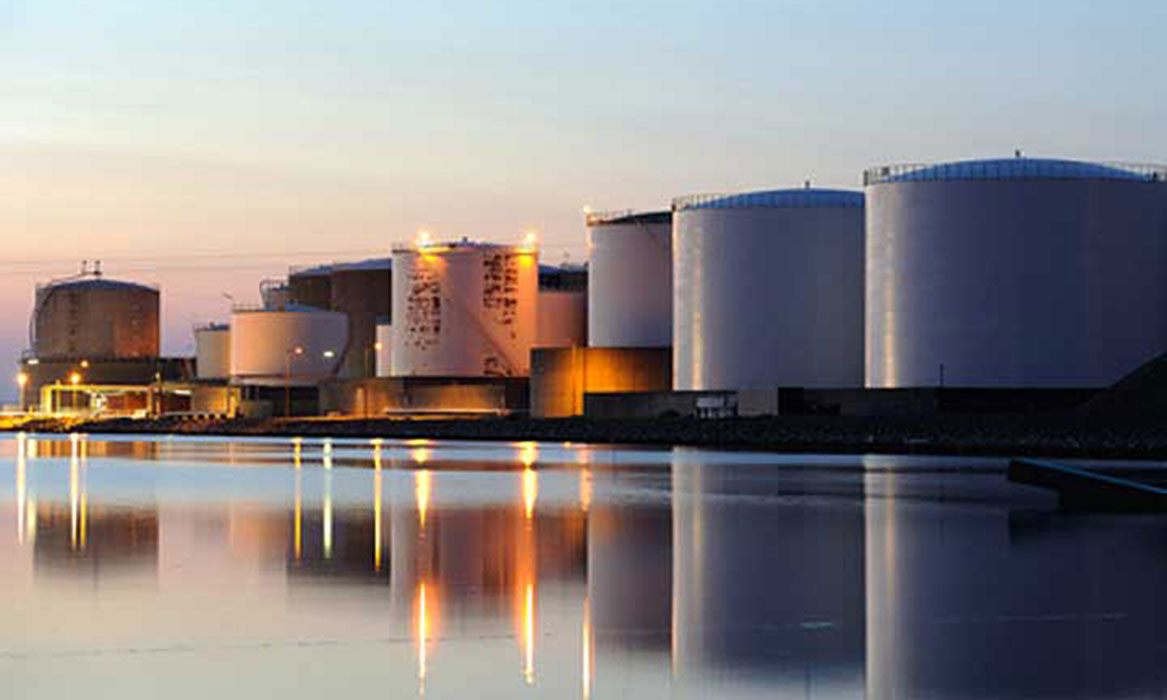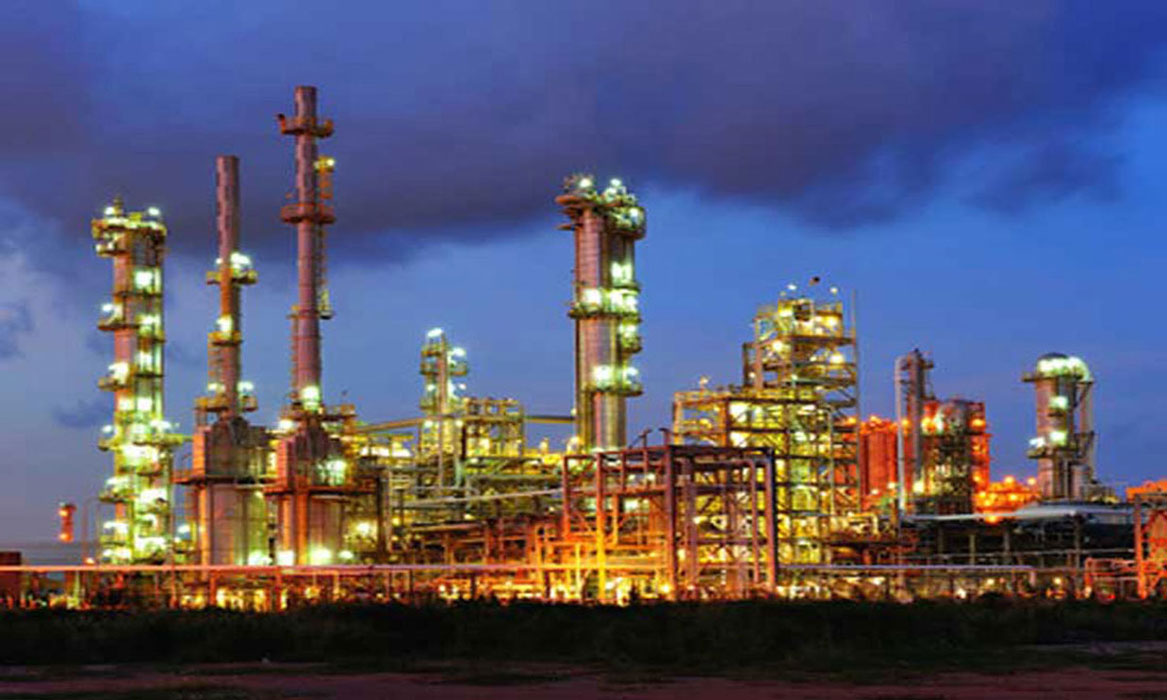COMAH Regulations 1999 and the 2005 amendments regulations, represents both a minefield of legislation and legal obligation for the operator. Bringing specific requirements to ensure compliance with the regulation.
As a COMAH site operator - defined by the use and storage of dangerous substances above specified quantities - you must as
part of the compliance procedure ensure that you have to taken all necessary measures to :
-
Prevent major accidents;
and - In the event of such accidents, limit the effects on people and the environment.
by ensuring they : - Comply with the requirements of their Competent Authorities(CA)
- Operate under a valid Hazardous Substance Consent license
- Liaise with all Emergency Services and respective Agencies.
- Fire,
- Police,
- Hospitals
- Environment Agency
- Health and Safety Executive
- Create and operate an effective MAPP (major accident prevention policy)
- Take all measures necessary to prevent major accidents and incidents, limiting their consequences to persons
and the environment.
The main aim of the COMAH Regulations is to prevent and mitigate the effects of major accidents involving dangerous substances on major hazard sites (sites that manufacture, process or store dangerous chemicals and substances in quantities that pose a risk to workers, persons in the immediate vicinity and the environment).
‘Major accidents’ include fires, explosions or incidents in which dangerous substances are released. It is fortunate that major accidents are rare, that said they can and do occur at site’s ranging from large petrochemical plants to chemical storage warehouses.
This Is the general duty on all operators and underpins the whole of the Regulations. It is a high standard which applies to all establishments within the scope of the Regulations.
The COMAH Regulations are enforced by the Competent Authority (CA).
- In England and Wales the CA comprises the Health and Safety Executive (HSE) and the Environment Agency,
- Scotland, the HSE and the Scottish Environment Protection Agency (SEPA).
- The CA is responsible for checking that site operators take steps to prevent and limit the effects of major accidents. COMAH also places duties on the Competent Authority (CA) to
- communicate the conclusions of safety report assessments to operators;
- prohibit activities if there are serious deficiencies in measures for prevention and mitigation of major accidents;
- have inspection systems and programmes, carry out inspections and investigate accidents;
- designate certain sites as 'domino effects' establishments
The CA charges for work it undertakes on COMAH. Charges are made on an actuals basis i.e. the recovery of the full costs of the time spent by the CA in carrying out COMAH-related activities for a particular establishment.
The 2005 Amendment Regulations - Who is affected?Mainly the chemical industry, but also petroleum storage activities, explosives and nuclear sites and other industries, where threshold quantities of dangerous substances identified in the Regulations are kept or used. i.e. Retail Warehousing where specific changes to now include for the first time aerosol expellants in the Tier 1 and 2 threshold calculation - as defined by Seveso III. Directive (due 1st June 2015 “new COMAH Regulations”).
Sites, with particularly high quantities of dangerous substances, operators must also describe their control measures to prevent major accidents in a ‘safety report’.
- Provide practical advice and guidance.
- Determine if the Regulations apply to you
- For Low Tier Sites - Notify basic details to the CA
- Where appropriate liaison and provide representation between you the site operators and the competent
authorities. - Help you take all measures necessary to prevent major accidents and limit their consequences to people and the environment
- Prepare a major accident prevention policy or (MAPP).
- Test your onsite emergency plans and provide constructive feedback and recommendations to ensure compliance.
- Assist your organization prepare to meet compliance with the forthcoming Seveso III Directive (due 1st June 2015 “new COMAH Regulations”).


